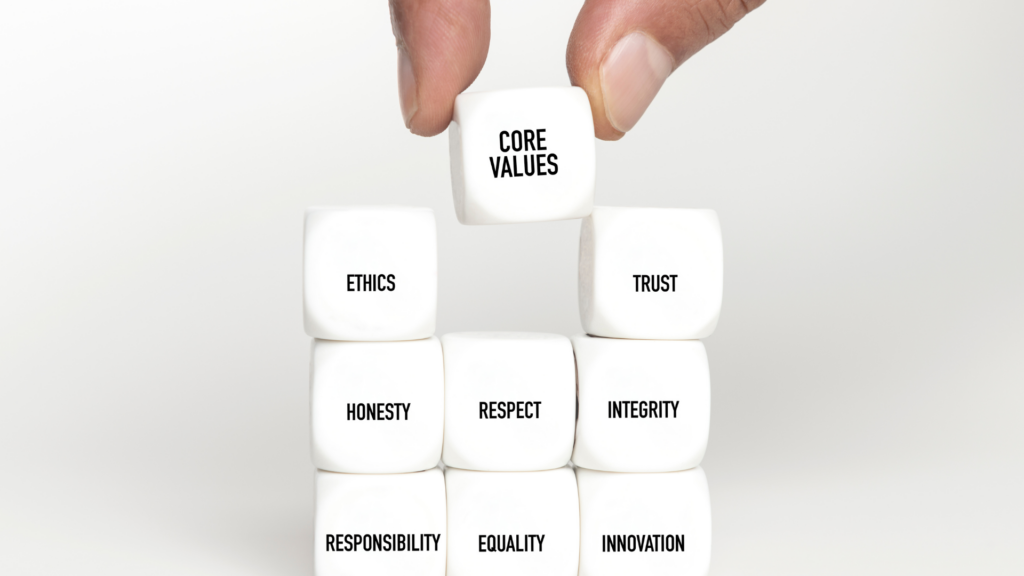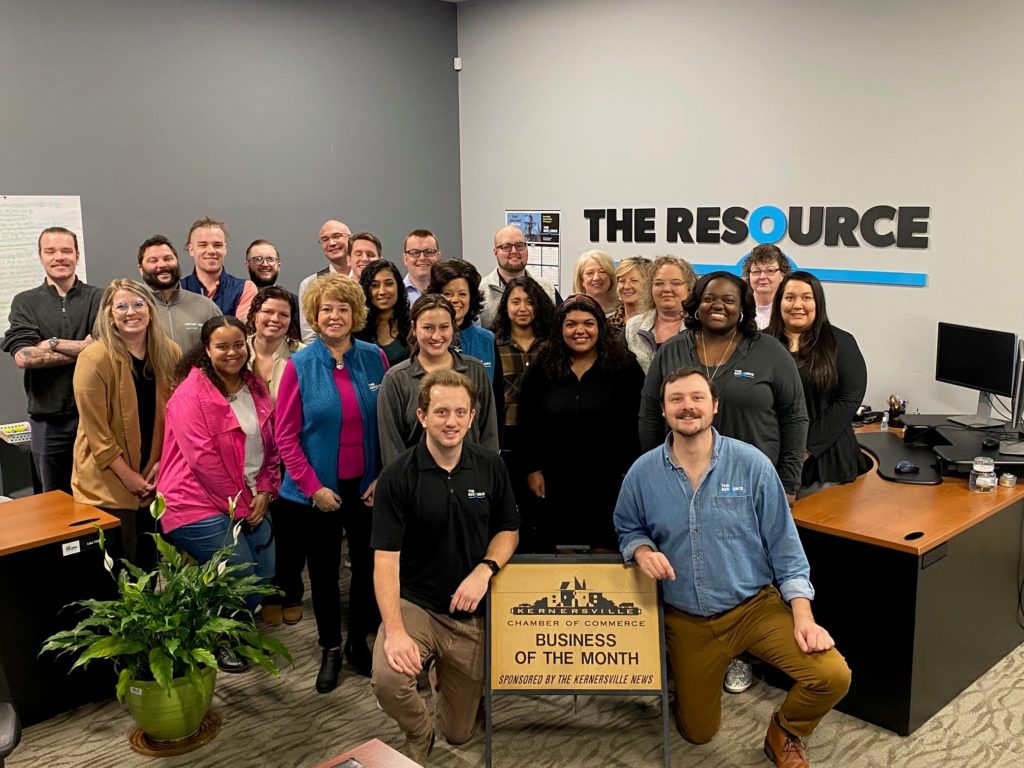In most companies, women have a wide range of experiences. Such experience gaps are opportunities for organizations to expand to all employees the successes they have had with one group of employees. According to Ty Breland, executive vice president and chief human resources officer with Marriott International, the best way for companies to start that process is to “bring . . . leaders together to engage in dialogue and practices on the development of women to drive gender equity” and for those leaders to “hold one another accountable for making sustainable change.” Five actions in particular are especially effective at building equity for women within their organizations. Over the past two decades, the gender pay gap hasn’t changed much in the United States: last year, “American women typically earned 82 cents for every dollar earned by men” (a very slight improvement since 2022, when it was 80 cents). Pew Research suggests that stubborn cultural norms around family and dependent care are to blame for this gap, with gender parity disappearing for women later in their careers, even when women start on more equal footing with men. Increased workplace flexibility and evolving norms about gender may offer some solutions to this gap. Leaders must be willing to put faith in someone who lacks the credentials or experience that might make them a more “comfortable” choice for a role. If leaders don’t take that generous first step, it’s hard for them to build the trust needed to transform a workplace. Recognizing each person’s potential includes looking past gender stereotypes and expectations to give women opportunities that don’t necessarily align with cultural norms. First impressions have a huge impact: the onboarding process often influences whether an employee feels comfortable bringing their full self to work. Companies can demonstrate their inclusivity in other ways, too, by offering programs that can help women flourish in the workplace, such as flexible work arrangements, networking opportunities, and career development. With many companies remaining laser-focused on performance and productivity in 2023, it’s crucial that women have visibility with top leaders. However, flexible work offerings appear to be at odds with an increased emphasis on performance. There is some concern that women who take advantage of great opportunities for hybrid and flexible work arrangements in the postpandemic area are more likely to be overlooked for promotion, because leaders have reduced contact with people outside of their network. This lack of connection can make it harder for employees from underrepresented groups to rise through the ranks of an organization. One way for an organization to increase the visibility of these employees is to implement a leadership development program. Through its Emerging Leader Program, for example, Marriott is creating a more diverse leadership pipeline with a focus on developing high-performing women and people of color. The program has been so successful that it’s been expanded beyond its original focus on senior managers and is now used to develop talent at various levels of the organization. Do employees have opportunities to share their life experiences with the wider organization? Do executives get a chance to hear those stories? When different employee resource groups (ERGs) come together to tell their stories, they create opportunities for thinking about how overlapping identities can be supported and celebrated in the workplace. Organizations can also find ways to help senior executives connect with employees of backgrounds that differ from their own. Women make valuable contributions to their organizations but often don’t receive the opportunities and recognition that they deserve. When leaders implement programs that increase inclusivity and expand opportunities for women to advance and connect with others, they can create more gender equity within their organizations. Close the pay gap
Recognize each person’s potential
Give women a warm welcome
Ensure that women have visibility
Help women tell their stories











